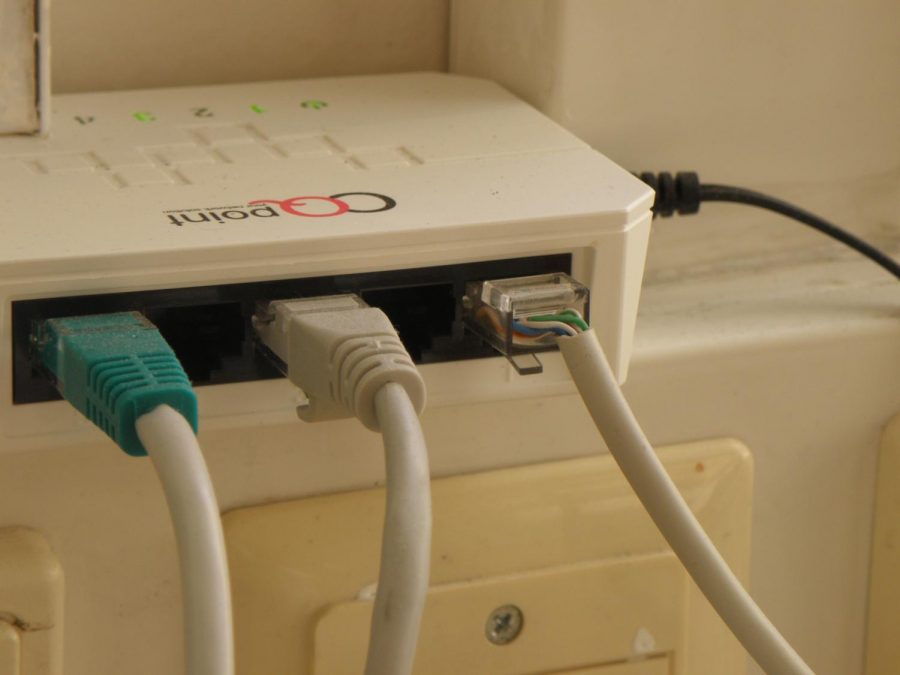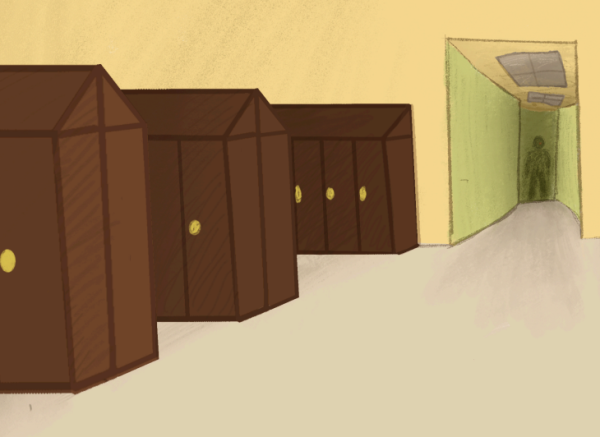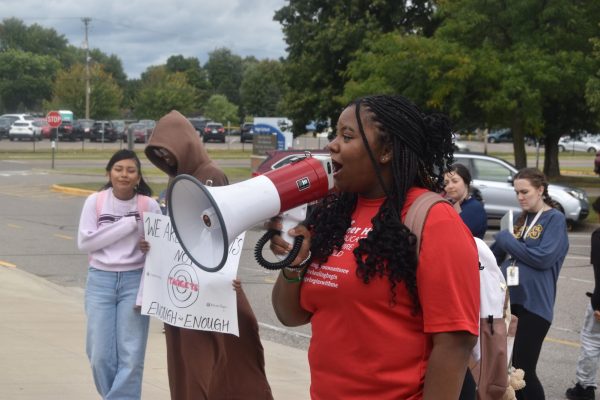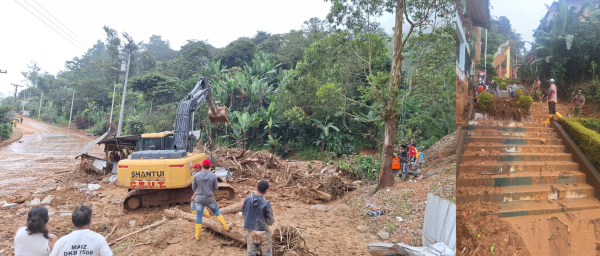Internet access during online distance learning
Internet access has been an issue for students nationwide during distance learning.
A student goes to take an exam on their device for the recent unit that their class has been covering during distance learning but discovers that due to a lack of stable and strong internet access in their household that they are unable to load the web pages they need to take the test. This issue is affecting thousands in Minnesota and across the nation, and it’s affecting more than just tests.
Schools across the nation have had to make the challenging transition to an online environment during the ongoing global pandemic, but many households in the state of Minnesota lack access to high-speed internet. This has hindered many schools and districts statewide in their distance learning attempts. While most schools in Minnesota have successfully made the transition to distance learning, others are struggling to make ends meet due to a lack of broadband internet connection in many parts of the state. The issue has been around for years but has made itself very prominent during these challenging times as students struggle to be able connect with their teachers online, with some not even having fast enough internet to download or stream videos that have been posted for students.
In a recent survey conducted by the Range Association for Municipalities and Schools, approximately 3,500 students across 30 school districts in the state of Minnesota said that they have little to no internet access at home. This has left schools to resort to other methods to make sure kids are getting the educational content they need. In certain parts of Minnesota, such as the Iron Range region or the city of Hibbing, the access to broadband internet is so extremely limited that schools are having to hand deliver print educational material to the homes of students.
The “Iron Range”, which refers to the collection of Minnesotamining districts around Lake Superior, is mostly rural and has been struggling with broadband issues for years. Now, they are pushing even harder for a solution in a time when it’s needed most.
At Mountain Iron-Buhl High School in Mountain Iron, Minnesota, staff are spending their days in the cafeteria organizing and packaging worksheets and learning materials for students, as well as meals for those who qualify for free or reduced lunches. Then, at what would be the end of the school day, school bus drivers deliver the supplies and meals to stops where parents and students are waiting, as well as driving directly to rural households where curriculum is left in mailboxes for students to retrieve.
Although some schools are putting in extra effort to make ends meet, direct delivery of curriculum isn’t an option for everyone. Stephanie Kowalski (11) from Virginia High School in Virginia, Minnesota, doesn’t have enough internet at home to engage in online meetings and assignments, so she drives to the high school’s parking lot every morning to connect to the school’s free wifi and complete her assignments for the day.
“I spend about 1-2 hours in my car 3-4 days a week,” said Kowalski in an interview with 5 Eyewitness News. “The first few times, my teacher was like ‘Steph, why are you in your car?’”
As areas of greater Minnesota struggle to find the internet connection they need to continue distance learning, 10-20% of the Northside and central Minneapolis regions of the Twin Cities Metro area find themselves unserved or underserved. According to the Star Tribune, the households most affected are often nonwhite, less educated, or are low income, and these trends spread into some of the nearby suburbs which are also low income.
“Between everyone in my household, the internet strength goes down very fast and it’s difficult to find reliable internet near home,” said Wesley Simonson (11), a Heights student.
In the Austin Independent School District(ISD), over 100 school buses that are equipped with WiFi in a range up to 300 feet have been deployed in specified areas for students to connect to during the school day. In Columbia Heights, schools are providing students lacking stable or fast internet with portable internet hotspots, which provide a strong enough connection for kids to be able to join their daily meetings and complete their assignments.
Internet access is and will continue to be a vital asset in the learning environment whether schools resume in-person education in the fall or continue distance learning, and the current pandemic may reignite the conversation of making internet a public utility for everyone rather than a privilege for those who can afford it.

Eli is a Senior and Lead Staff Writer for the Heights Herald. He likes to spend his time taking photos in the wilderness and reading novels in the comfort...







